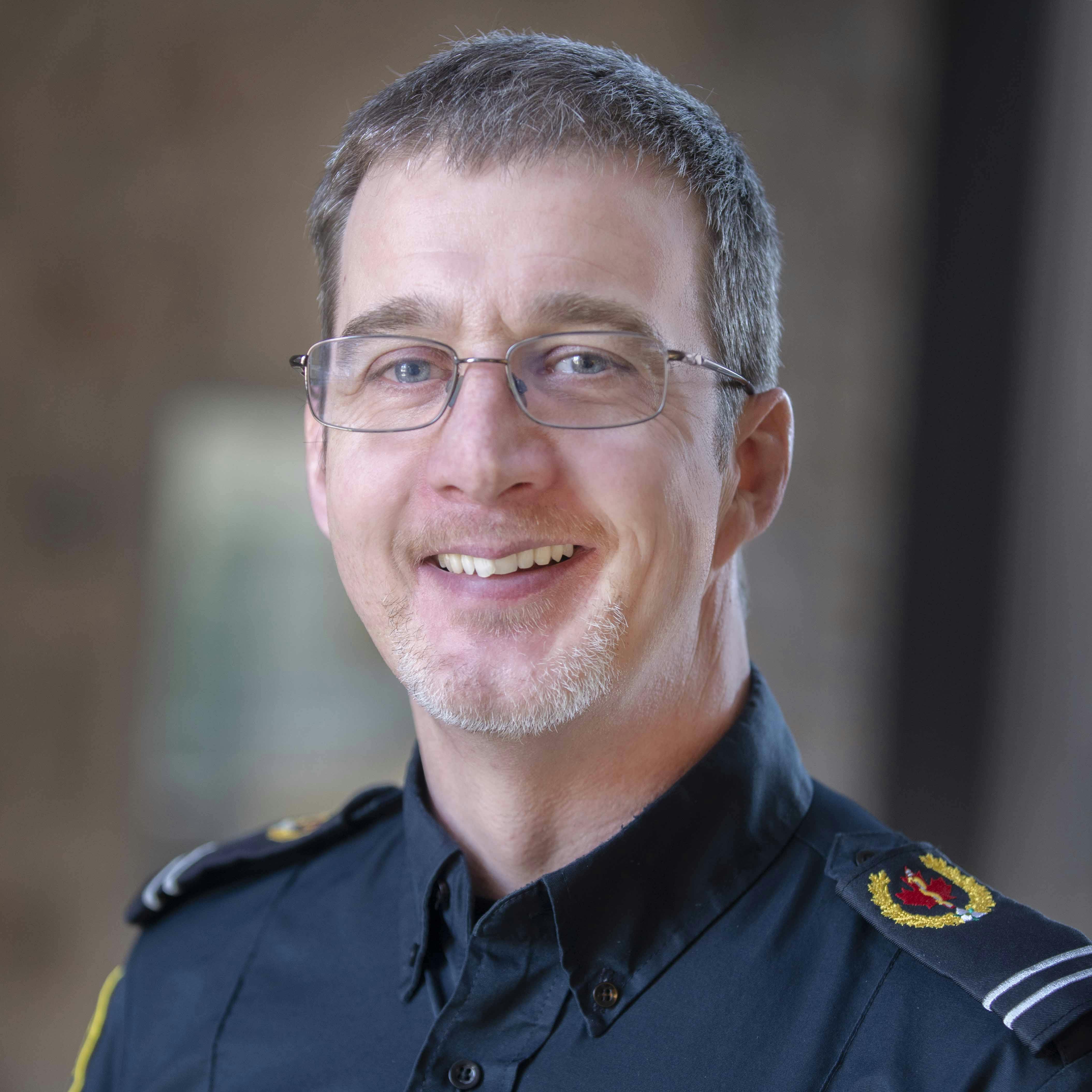Frontenac Neighbours Saving Neighbours cardiac arrest response
Thank you for your interest in Neighbours Saving Neighbours. The program is now full but any applications received will be kept on file as new volunteer opportunities emerge.
The Neighbours Saving Neighbours (NSN) volunteer responder program for cardiac arrest aims to increase survival rates for those who suffer cardiac arrest in our communities.
About 35,000 people across the country experience out-of-hospital cardiac arrest every year. Paramedics responded to 276 cases across Frontenac County and Kingston in 2020. The probability of survival for those patients decreases by as much as 10 percent per minute before emergency treatment begins. Fewer than 12 percent survive. But research shows that a patient who is treated by a properly trained and equipped bystander in those crucial minutes before paramedics arrive may be as much as three times as likely to survive cardiac arrest.
That’s where you come in. We’re seeking volunteer responders from across Frontenac to participate in a pilot program and research study about the best ways to increase survival rates for victims of out-of-hospital cardiac arrest.
As a volunteer, you’ll be assigned to a team of other volunteers based on geographic location. You’ll be trained in cardiopulmonary resuscitation (CPR) and the safe and proper use of an automatic external defibrillator (AED).
Once trained, your group will be equipped with AEDs and you may be called upon by 911 communications professionals to attend possible cardiac arrest emergencies. Your role will be to assess the scene, administer CPR and use and AED if needed, and to assist paramedics when they arrive on scene.
This is all about learning new and better ways to save lives when seconds count.
This pilot program is conducted under the leadership of Dr. Steven Brooks and his research team at Queen’s University. Interested program volunteers will be asked to participate in the research component in which Dr. Brooks and his team will study the feasibility and effectiveness of programs like this one in rural communities like ours.
Please take some time to learn about the NsN program with the resources on this page. If you’re interested and think you could make a contribution to this important work, please complete the application form by clicking HERE.

™NEIGHBOURS SAVING NEIGHBOURS is a trademark of the Heart and Stroke Foundation of Canada used under license.
Ask us
We'll respond to any questions you have about the Neighbours Saving Neighbours Community Responders Program is quickly as we can.








Thank you for your contribution!
Help us reach out to more people in the community
Share this with family and friends